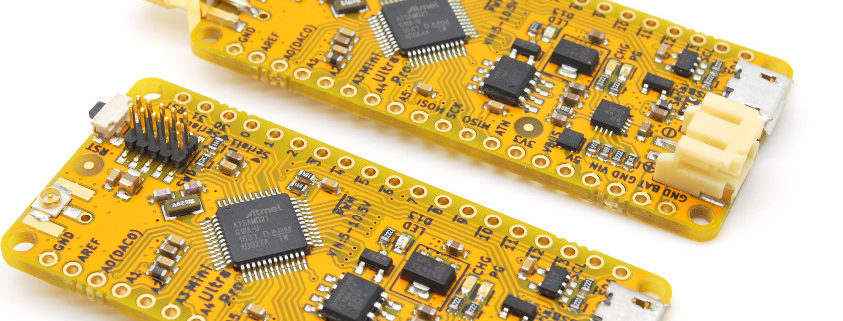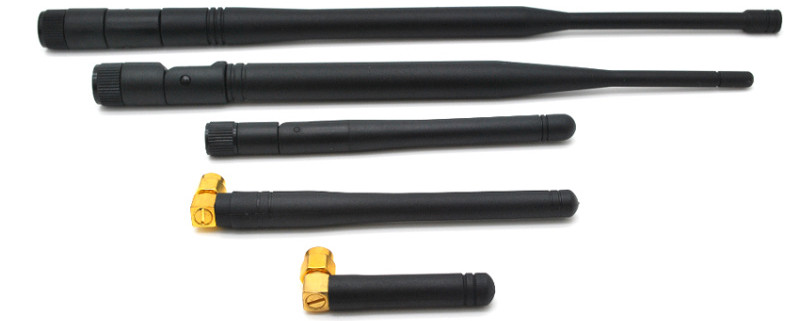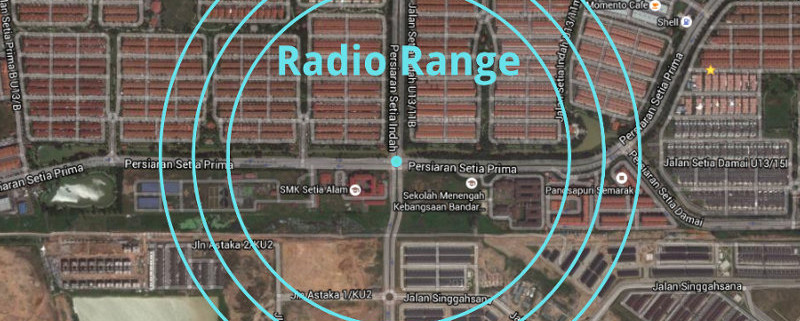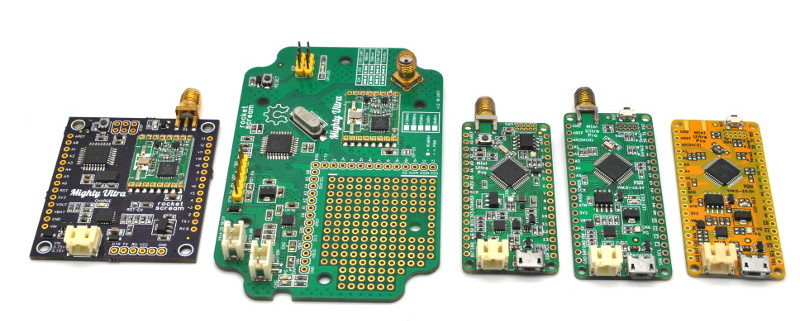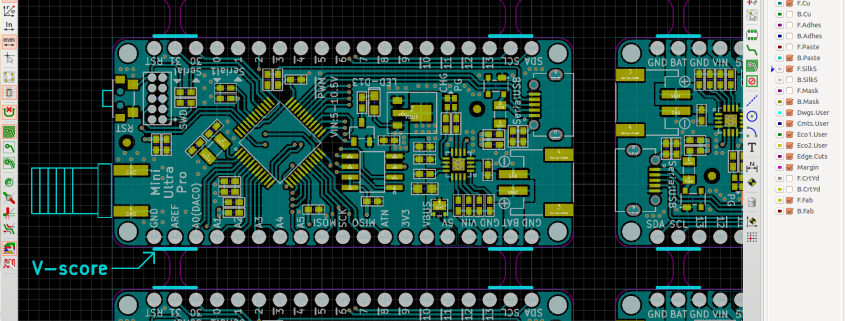Before we started Rocket Scream a few years back, we were using Altium Designer for all our schematic and PCB works. When we left the corporate world to work on Rocket Scream as a full time gig, it was obvious that we weren’t able to fork out a chunk of money for a piece of software like Altium Designer. No doubt, they are one of the best PCB CAD software in the industries but they are not the cheapest around. Back then, the name Eagle always pop out when we came across any open source hardware projects. Open source companies like Arduino, Sparkfun, Adafruit and Dangerous Prototypes (just to mention a few) uses them and the chances that an open source hardware repository hosted on GitHub has Eagle CAD files on them is close to 100%! If you do a Google search on the term “Eagle”, the top search returns the Eagle CAD software instead of the bird (yes, they are that viral)! We looked further around and found several other candidates like Diptrace, gEDA PCB, KiCad, and Design Spark. Along with Eagle, we test drove all of them and revisited them over time to check on their progress. Our aim was a simple and easy to use PCB CAD with affordable price. Read more

